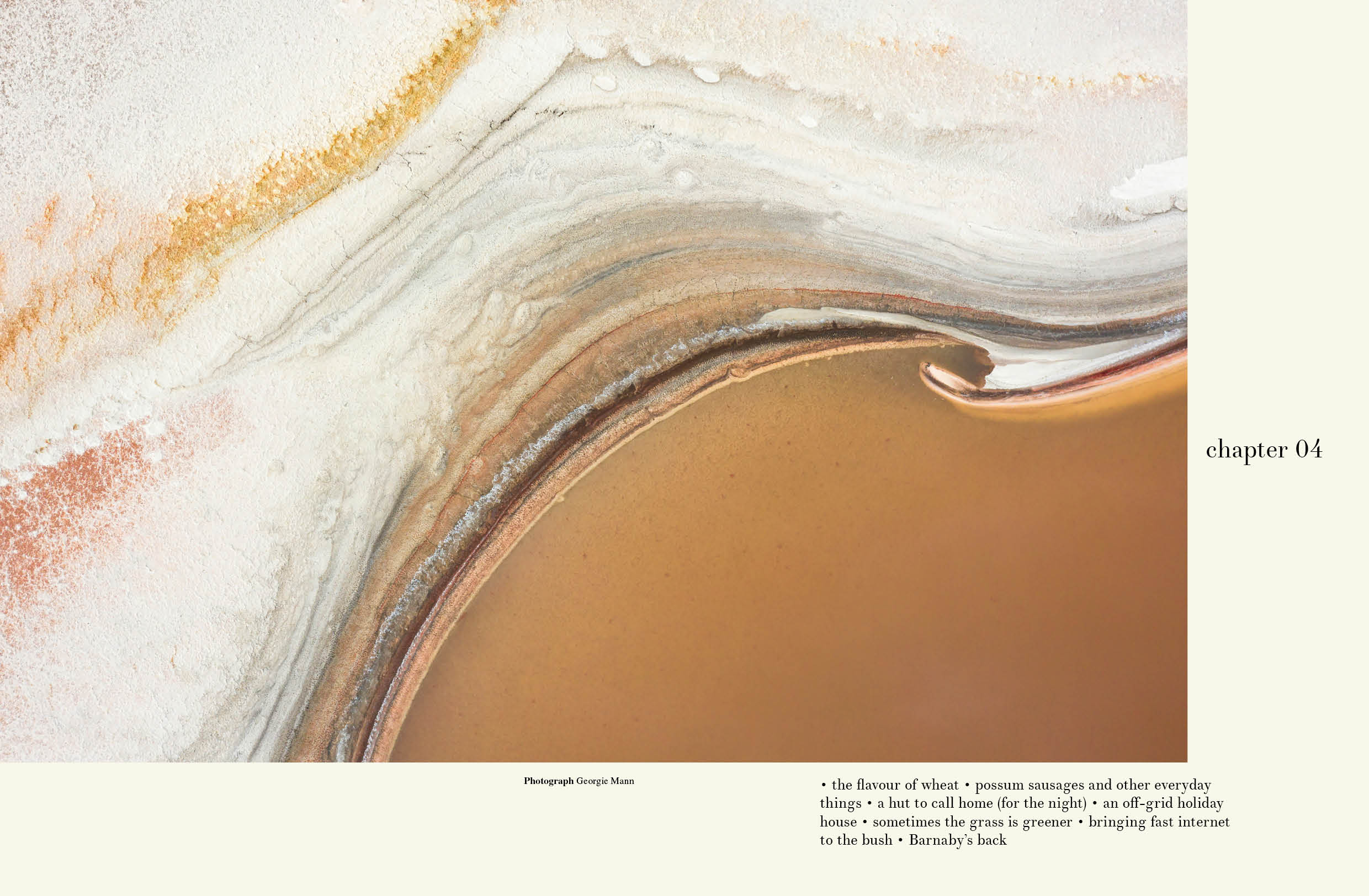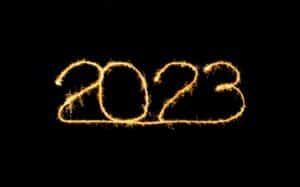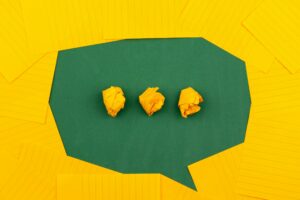“People do want to use social media to find something and then dive deeper. And they’re prepared to pay for quality.” Galah magazine founder and editor Annabelle Hickson talks about how she’s leveraged Instagram to successfully launch a community and audience-driven print media brand.
Galah magazine is one of the most exciting Australian magazine launches over the last year. Launched by Annabelle Hickson in December 2020, the magazine celebrates regional Australia and its community of creative, diverse and innovative people.
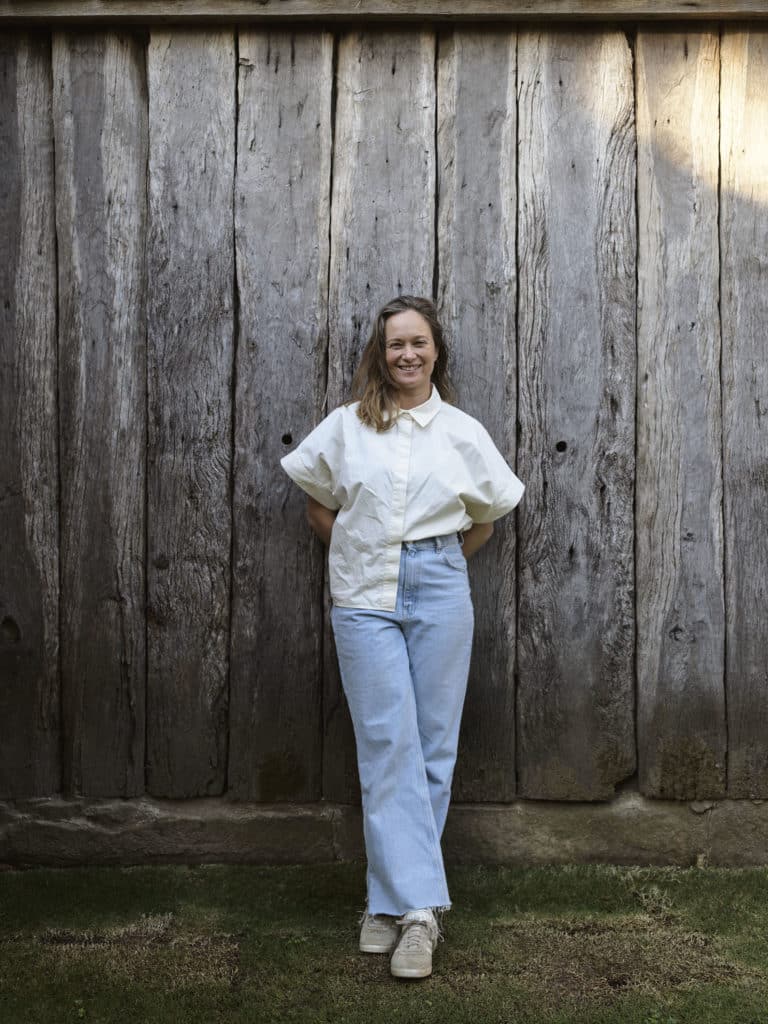
The first issue sold out its print run, by the second issue the ad-free magazine was returning a profit, and Hickson has now established a team to grow the Galah brand. But, what’s more, Hickson has done this off the back of her Instagram followers, demonstrating that social media users want something more than their feed.
The magazine was awarded Launch/Relaunch of the Year at the 2021 Mumbrella Publish awards, with the judges commending the team’s “passion and infectious enthusiasm”.
And they weren’t wrong.
Hickson – who also took out Editor of the year – Consumer/Custom at the Mumbrella awards against many established, well-known brands – is a whirlwind. She’s incredibly passionate about serving the regional community and creating a well-rounded narrative about the bush.
The Mumbrella judges credited Hickson with “reinventing the regional publishing model…proving that people will still pay for quality content delivered in a compelling way”.
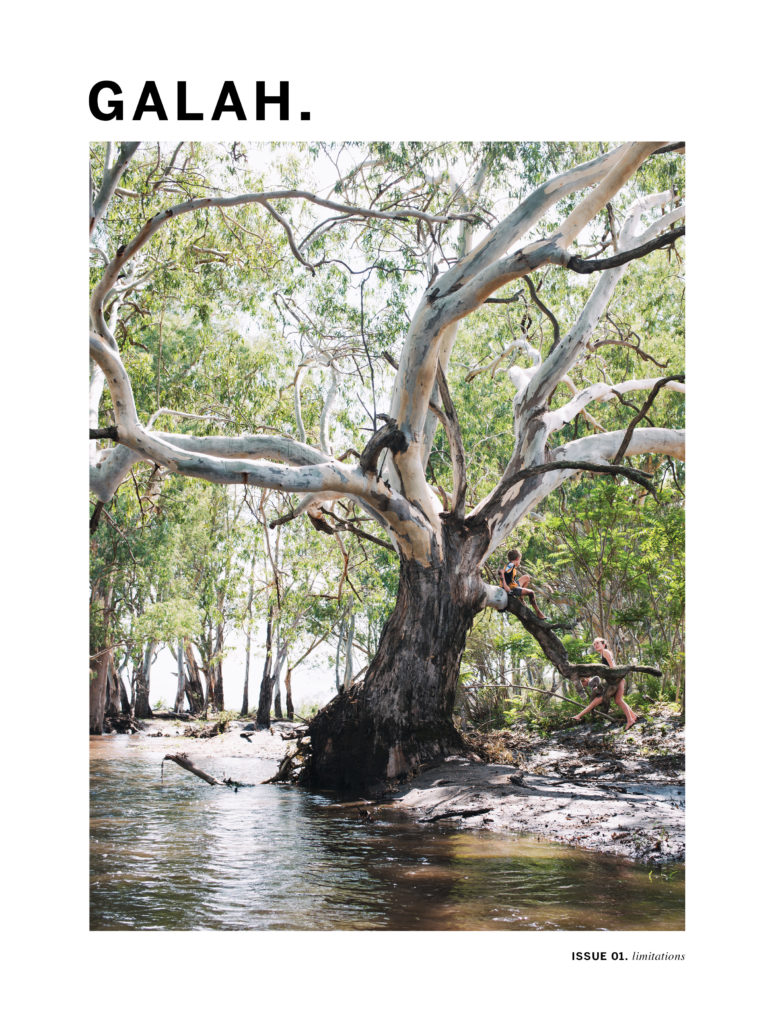
Targeted Media Services Network caught up with Hickson to chat about Galah’s beginnings, the importance of social media in promoting a print brand, and putting regional Australia back on the map.
The path to Galah
“Now looking back, I can sort of see how I ended up here. All these different things have come together into this.”
Hickson worked out she wanted to be a journalist after completing a commerce degree.
“I didn’t do journalism at uni. I just went like a bull at a gate with a few different papers like the SMH and The Australian, and I rang and rang until I got my foot in the door.”
She landed a cadetship at The Australian, working in the Sydney office before moving to the Brisbane Bureau.
“I thought, this is it, this is my dream career, I’m going for it. I never aspired to be in the press gallery in Canberra, you know, the Weekend Australian magazine was my dream. But then I met a farmer, and everything changed. I walked away from this job that I had fought so hard to get and really was enjoying, and moved out west.”
Hickson and her pecan farmer, Ed, got married and started a family.
“Career really went on the back burner because of family, but also out of necessity. There really weren’t jobs outside of agriculture where I moved.
“I tried to get a job at the Moree Champion and the editor said, ‘no, there is one job and it’s mine’. So that was a real shock.”
Hickson started a blog, which became a regular column in Country Style magazine, and then led to a book A Tree in the House, published by Hardie Grant.
“I went from news reporting to experimenting with First Person stuff. But because it was a blog, I felt like it really needed images, so I started to learn how to take photos.”
I’d worked with a lot of photographers at the paper, but with zero curiosity about how they got the images. I look back and think what a wasted opportunity. Photography became a really big passion, just as much as writing really.
Along the way, Hickson started collecting and photographing flowers, crafting beautiful arrangements, large overhead installations, seasonal bouquets and flower arrangements for special occasions.
“It’s a completely unexpected career path, but that took up a lot of my time actually, and I started getting lots of work as a florist. I was no more a florist than a home cook is a chef, I was literally just picking things off the side of the road, creating big floral arrangements, and taking pictures of them. But I think the part that I found the most enjoyable was the documenting and sharing,” says Hickson.
“And through doing that I got into Instagram and I started to learn how powerful it was to connect directly with readers.
“All of a sudden, I had a significant amount of followers. And that made moving away from the newsroom, moving away from the job opportunities, ok. I saw this glimmer of technology allowing the audience to come to me. That is a huge part of how I’ve been able to set up Galah – the photography, the writing, the audience on social media.”
“It just made the decision to start Galah not feel like a big deal. People say, ‘Oh, you’re brave’, and ‘you’re courageous’. It didn’t feel like any of that. It just felt like a completely possible, doable thing.”
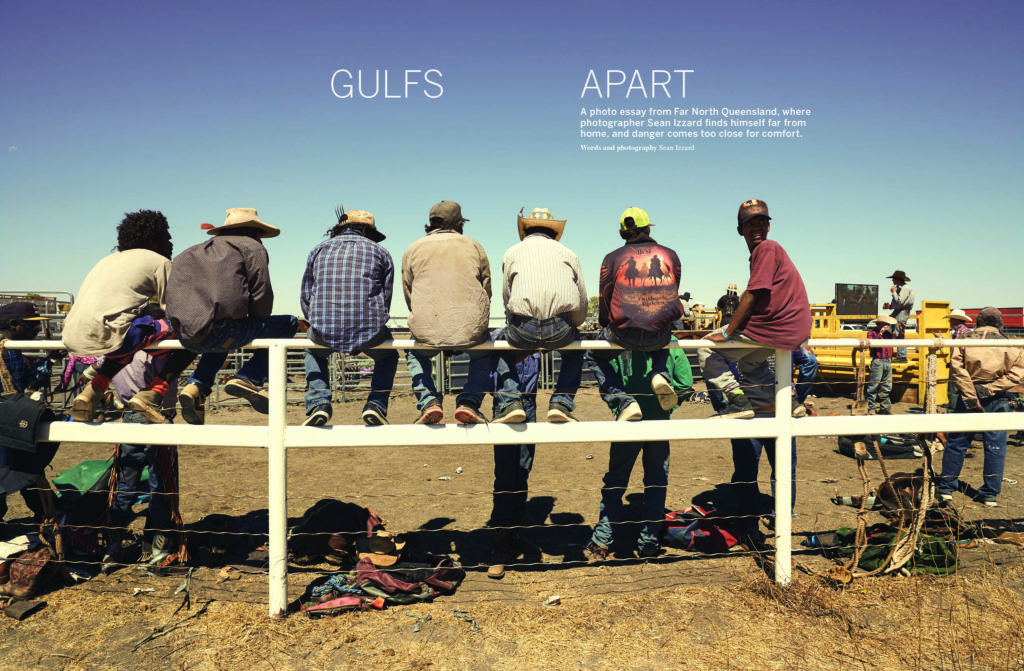
So what was the catalyst?
“As an avid magazine reader, I’d just been feeling sadder as the years went on. I felt like I was paying money to be advertised at. I love the magazine format but I felt frustrated with the normal way of publishing them,” Hickson explains.
“I’d always thought in the back of my head that I’d love to try and do one myself. And then when Bauer sold off everything it felt like mainstream magazines were falling over, but it also felt like a really exciting time for niche, independent magazines.
“From working at Country Style, it was amazing to me how loyal the readers were. I’d get loads of letters and emails from people who read the column, and I got this sense that there was this very loyal, strong readership out there.
“And now, smaller teams have the technology to produce magazines too – and with that the ability to be very niche, which I think is more effective because we can target really specific communities.
“So I thought that I’m going to do it, I’m going to start Galah.”
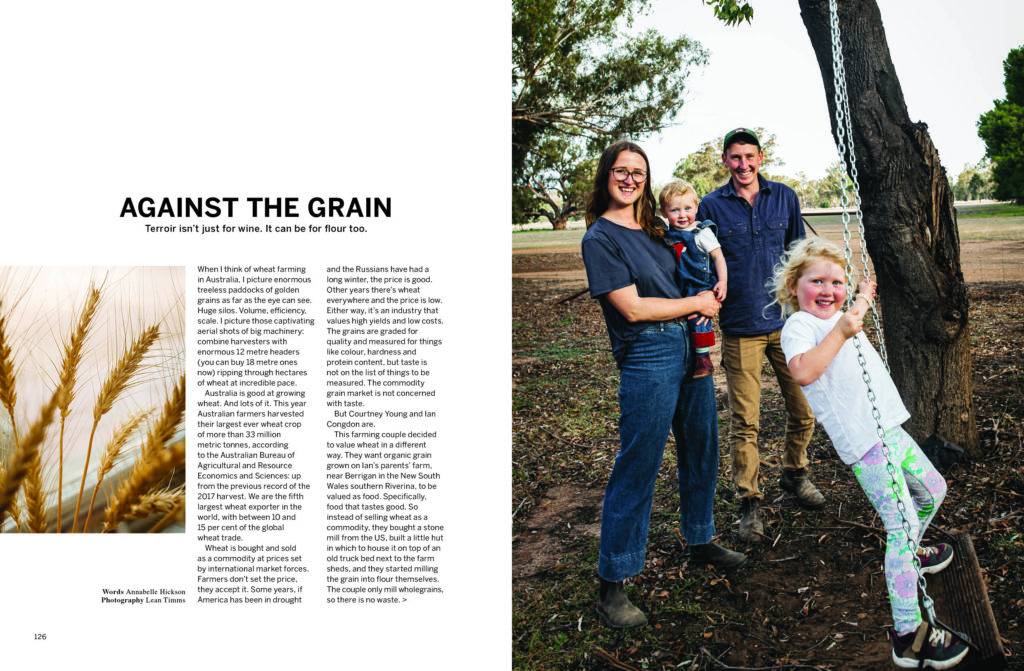
Turning an early profit
Hickson started Galah with minimal financial risk, preselling copies of the first issue to her Instagram followers.
“I pre-sold enough to pay the printers and to pay the designer. So really what I was risking was my time. And I was more than happy to risk that.
“From a business model, Galah’s been extremely surprising to me. From issue two, we were making a small profit. What start-up business, especially in such a beleaguered industry like print, returns a profit so quickly?”
The first issue of Galah, which had a print run of 8,000 copies, sold out. Hickson estimates that of this, about 40 per cent was sold directly to subscribers, just over 10 per cent to newsagencies as a trial, and the balance to stockists. Hickson is pursuing a stockist sales model over newsagencies, with Galah stocked in almost 100 shops, who buy a box of 20 magazines and pay upfront.
Building a sense of community through Instagram
Hickson credits Galah’s success to the direct relationship she’s fostered with readers through Instagram.
“I don’t have a huge publishing house behind me. Instagram has been the reason why I’ve been able to fund Galah,” she says.
“Before starting Galah, it felt frustrating to me that there weren’t more interactions between magazine brands and their readers. Given the technology we have now, it felt like a real opportunity to still have a beautiful printed thing, and then a platform to connect and interact about the stories being published.
“People do want to use social media to find something and then dive deeper. And they’re prepared to pay for quality.”
“To me, letters to the editor should be happening on Instagram – that should all be interactive, and people can comment and not everyone has to agree. That needs to be alive.
“And it’s funny, I don’t know how to say this in a non-cheesy way, but the more I get into it, the more I realise that Galah is a community, and I’m making a magazine for it. In the future, I might be making a magazine and something else, but the jewel, the thing that needs to be looked after, is the community.”
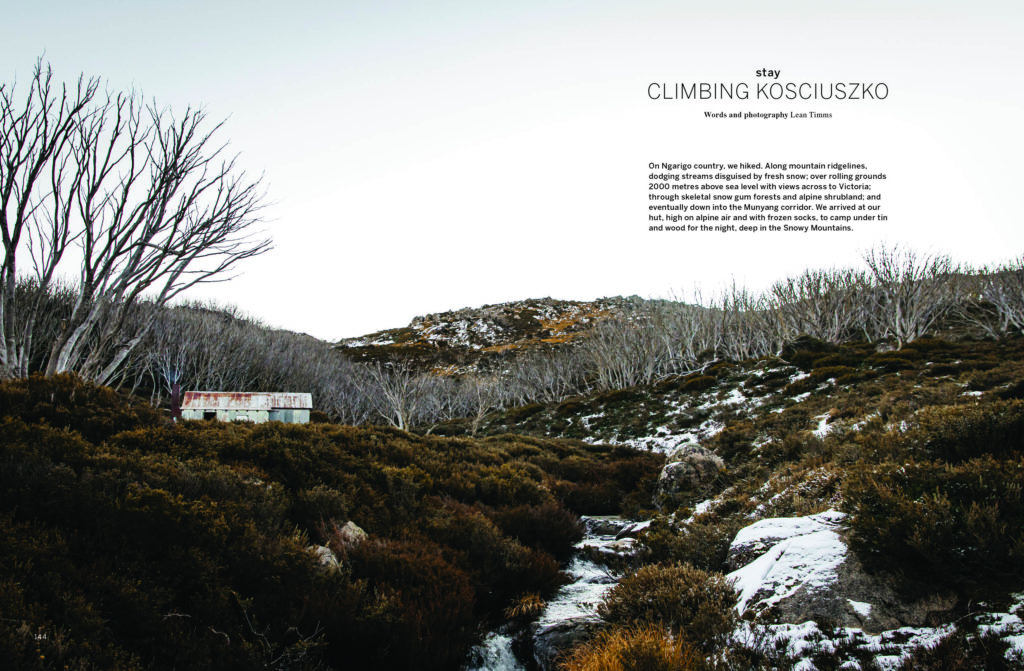
Listening to readers: an accidental podcast
Hickson constantly looks to her community for direction, reaching out for article ideas, contacts, and most importantly, exploring requests that lead Galah to engage with its audience in different ways.
“I got an email from a lady called Leanne. And she was quite matter of fact. She had bought Galah, said she loved it, but she was blind. But she wanted to be able to access the stories.
“Leanne and I have had some quite cool chats, including why would you buy a print only magazine if you’re blind. And she said just because she’s blind doesn’t mean that she doesn’t like nice things. She likes the way it feels and the weight of the paper and she wants it on her coffee table for when her friends come over.
“It really made me think about how frustrating it must be to want access to these things. And I was talking to Ed, my husband, one night about it. He suggested I ask Galah’s Instagram followers to record stories from the magazine as a voice memo.”
“Within a week there were almost two issues completely full of audio recorded versions. There are actually some professional voice people in there, and they really stand out. They’re incredible, but it’s this kind of motley crew of different voices. But it’s absolutely charming.
“And it does exactly what Leanne wanted. It makes the stories accessible to her. And actually, some people even recorded little comments or their own little take on the story. I just find it really moving.”
“I have always thought that I really want to go down the podcast track for Galah. This was not the podcast that I had in mind. You know, it’s completely unprofessional. It’s an accidental podcast, really. But it was so easy, with just a tiny bit of effort.”
“It’s so easy to say you don’t have enough time to do something. But this really took such little effort. And again, Galah is a community. And this community, not even me, this community made something for a part of their community. So it has this mind of its own, really, I don’t know what’s going to happen.
It’s fun, it’s joyous, it’s generous. I think lots of us are that. I think lots of people get a kick out of just being part of something.
Galah’s big picture
Hickson is the first to admit that she knew nothing about regional Australia before moving to regional New South Wales.
“It’s been so delightful and surprising to land here and realise what a wonderful way of life there is out of the big cities,” she says.
“This whole world exists, and I just had no understanding of it, like a lot of Australians from the city who are so disconnected from regional Australia.”
Hickson aims to change that with Galah magazine.
“There’s lots of news and stories written about regional Australia. But I want to be a platform for news that’s written by regional Australia.
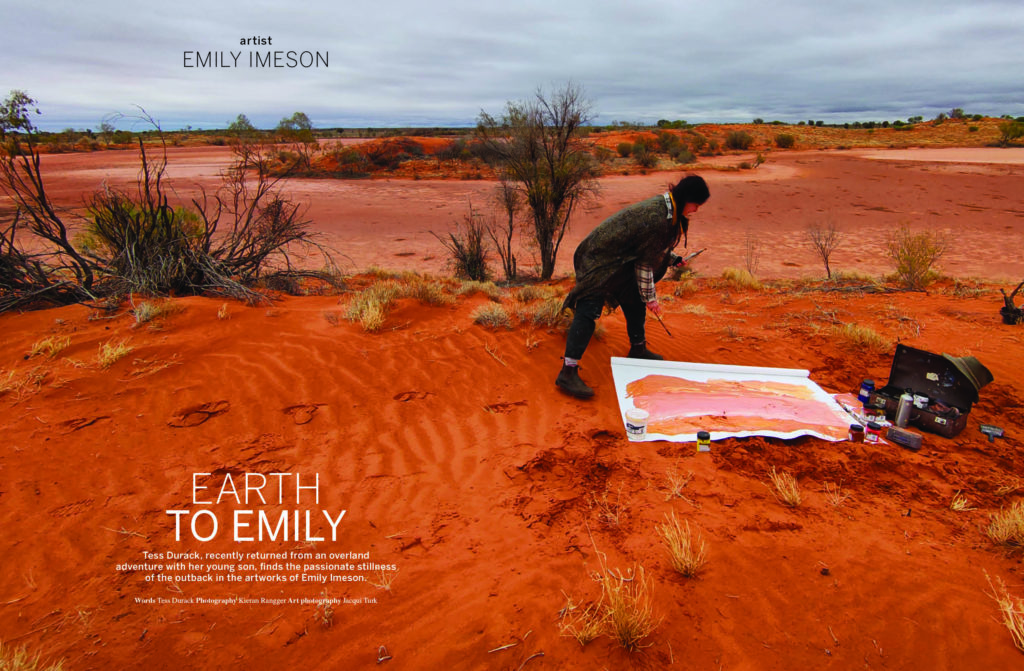
“We’ve just seen the complete decimation of lots of regional newspapers. We have to work out how to still tell our stories from the perspective of the people who live in these places.
“So often rural regional news is told through a lens of disadvantage; droughts, floods, hardships. But it’s a great life, and I feel like we’re missing that narrative. There’s this whole diverse range of stories to tell and I feel like we’re not getting that through other media at the moment.
“I just hope that Galah is going to be a drop in the ocean that contributes to a narrative that’s a bit more well rounded.”
“Regional life is exciting. And I feel like if Galah can portray it as interesting, vibrant, dynamic – not twee, not characatured – people are going to be able to find that connection again. I really hope that Galah can do that.”


